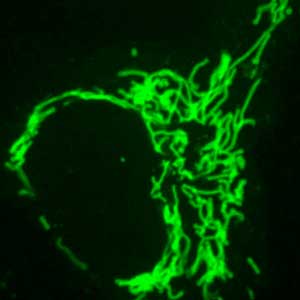 Researchers have added a new tool to the arsenal of antibody-based probes, but with a powerful distinction: Their genetically encoded probe works in living cells.
Researchers have added a new tool to the arsenal of antibody-based probes, but with a powerful distinction: Their genetically encoded probe works in living cells.
Jul 3rd, 2019
Read more
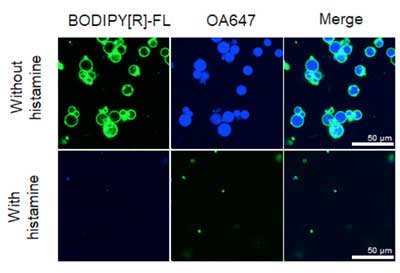 Scientists have found a way to make artificial cells interact with a wide range of chemicals. They developed a riboswitch - a gene switch that senses chemical signals- that can respond to histamine, a chemical compound that is naturally produced in the body.
Scientists have found a way to make artificial cells interact with a wide range of chemicals. They developed a riboswitch - a gene switch that senses chemical signals- that can respond to histamine, a chemical compound that is naturally produced in the body.
Jul 2nd, 2019
Read more
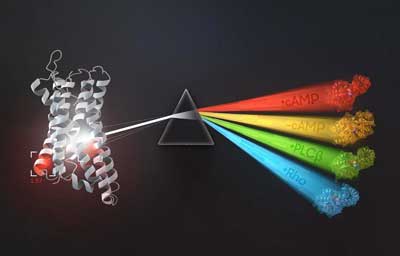 How human cells react to external signals and further process them.
How human cells react to external signals and further process them.
Jul 1st, 2019
Read more
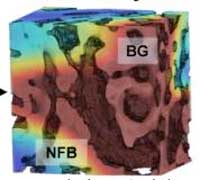 For the first time, scientists have been able to study how well synthetic bone grafts stand up to the rigors and 'strains' of life, and how quickly they help bone re-grow and repair.
For the first time, scientists have been able to study how well synthetic bone grafts stand up to the rigors and 'strains' of life, and how quickly they help bone re-grow and repair.
Jun 24th, 2019
Read more
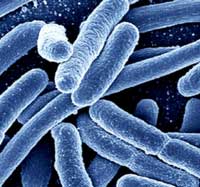 The flow of traffic through our nation's highways and byways is meticulously mapped and studied, but less is known about how materials in cells travel. Now, a team of researchers is challenging prior theories about how material leaves the inside of an E.coli cell. This discovery could have important implications for how we treat diseases.
The flow of traffic through our nation's highways and byways is meticulously mapped and studied, but less is known about how materials in cells travel. Now, a team of researchers is challenging prior theories about how material leaves the inside of an E.coli cell. This discovery could have important implications for how we treat diseases.
Jun 13th, 2019
Read more
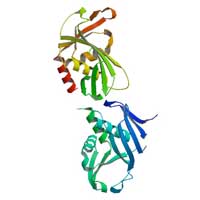 Microorganisms often assemble natural products similar to product assembly lines. Certain enzymes, non-ribosomal peptide synthetases, play a key role in this process. Biotechnologists have now succeeded in changing these enzymes so that entirely new natural products, or even libraries of natural products, can be produced by microorganisms.
Microorganisms often assemble natural products similar to product assembly lines. Certain enzymes, non-ribosomal peptide synthetases, play a key role in this process. Biotechnologists have now succeeded in changing these enzymes so that entirely new natural products, or even libraries of natural products, can be produced by microorganisms.
Jun 12th, 2019
Read more
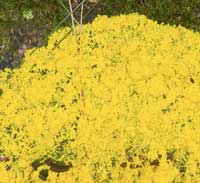 Scientists have created a hybrid biosensor through the fusion of living and digital technology.
Scientists have created a hybrid biosensor through the fusion of living and digital technology.
Jun 7th, 2019
Read more
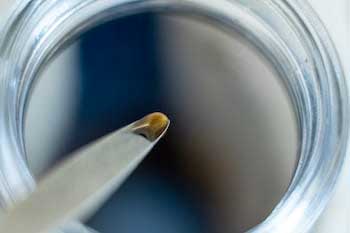 Bioengineers mix injectable scaffolds at room temperature to grow new tissue.
Bioengineers mix injectable scaffolds at room temperature to grow new tissue.
Jun 5th, 2019
Read more
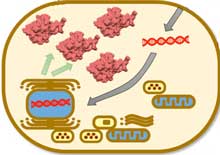 Nuclear magnetic resonance measurement and state-of-the-art computational science reveal protein structures in higher eukaryotic cells.
Nuclear magnetic resonance measurement and state-of-the-art computational science reveal protein structures in higher eukaryotic cells.
Jun 2nd, 2019
Read more
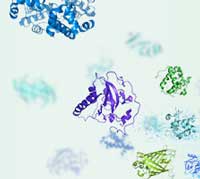 Machine learning makes proteomics research more effective.
Machine learning makes proteomics research more effective.
May 29th, 2019
Read more
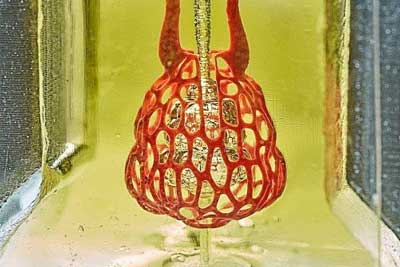 Bioengineers have developed a 3D printing technique that creates the interacting networks for transport of air, blood, and other bodily fluids - a major step toward 3D printed replacement organs.
Bioengineers have developed a 3D printing technique that creates the interacting networks for transport of air, blood, and other bodily fluids - a major step toward 3D printed replacement organs.
May 28th, 2019
Read more
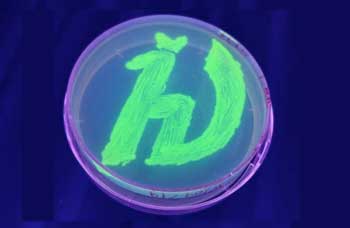 Biophysicists have created a new fluorescent protein. Besides glowing when irradiated with ultraviolet and blue light, it is exceedingly small and stable under high temperatures.
Biophysicists have created a new fluorescent protein. Besides glowing when irradiated with ultraviolet and blue light, it is exceedingly small and stable under high temperatures.
May 23rd, 2019
Read more
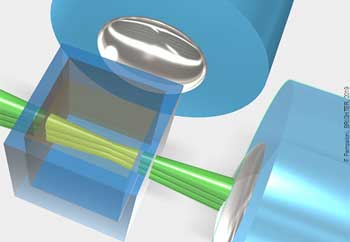 EU Project BRIGHTER sets its sights on 3D bioprinting systems with light sheet lithography.
EU Project BRIGHTER sets its sights on 3D bioprinting systems with light sheet lithography.
May 23rd, 2019
Read more
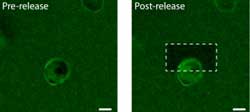 Researchers unveiled a new strategy to keep proteins intact and functional by modifying them at a specific point so that they can be chemically tethered to the scaffold using light. Since the tether can also be cut by laser light, this method can create evolving patterns of signal proteins throughout a biomaterial scaffold to grow tissues made up of different types of cells.
Researchers unveiled a new strategy to keep proteins intact and functional by modifying them at a specific point so that they can be chemically tethered to the scaffold using light. Since the tether can also be cut by laser light, this method can create evolving patterns of signal proteins throughout a biomaterial scaffold to grow tissues made up of different types of cells.
May 21st, 2019
Read more
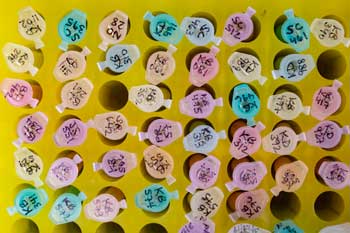 Technology could enable new medical, industrial, environmental biosensors.
Technology could enable new medical, industrial, environmental biosensors.
May 20th, 2019
Read more
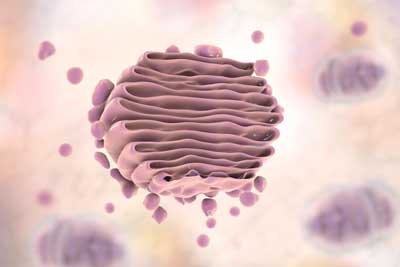 A powerful microscopy technique reveals that Golgi apparatus process proteins in a manner that resembles a conveyor belt.
A powerful microscopy technique reveals that Golgi apparatus process proteins in a manner that resembles a conveyor belt.
May 17th, 2019
Read more
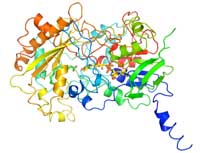 Intelligent systems create metabolic pathways and engineer enzymes within microorganisms.
Intelligent systems create metabolic pathways and engineer enzymes within microorganisms.
May 7th, 2019
Read more
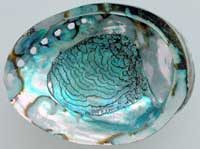 A biologist invented an inexpensive and environmentally friendly method for making artificial nacre using an innovative component: bacteria. The artificial nacre is made of biologically produced materials and has the toughness of natural nacre, while also being stiff and, surprisingly, bendable.
A biologist invented an inexpensive and environmentally friendly method for making artificial nacre using an innovative component: bacteria. The artificial nacre is made of biologically produced materials and has the toughness of natural nacre, while also being stiff and, surprisingly, bendable.
Apr 23rd, 2019
Read more
 Researchers have added a new tool to the arsenal of antibody-based probes, but with a powerful distinction: Their genetically encoded probe works in living cells.
Researchers have added a new tool to the arsenal of antibody-based probes, but with a powerful distinction: Their genetically encoded probe works in living cells.
 Subscribe to our Biotechnology News feed
Subscribe to our Biotechnology News feed















